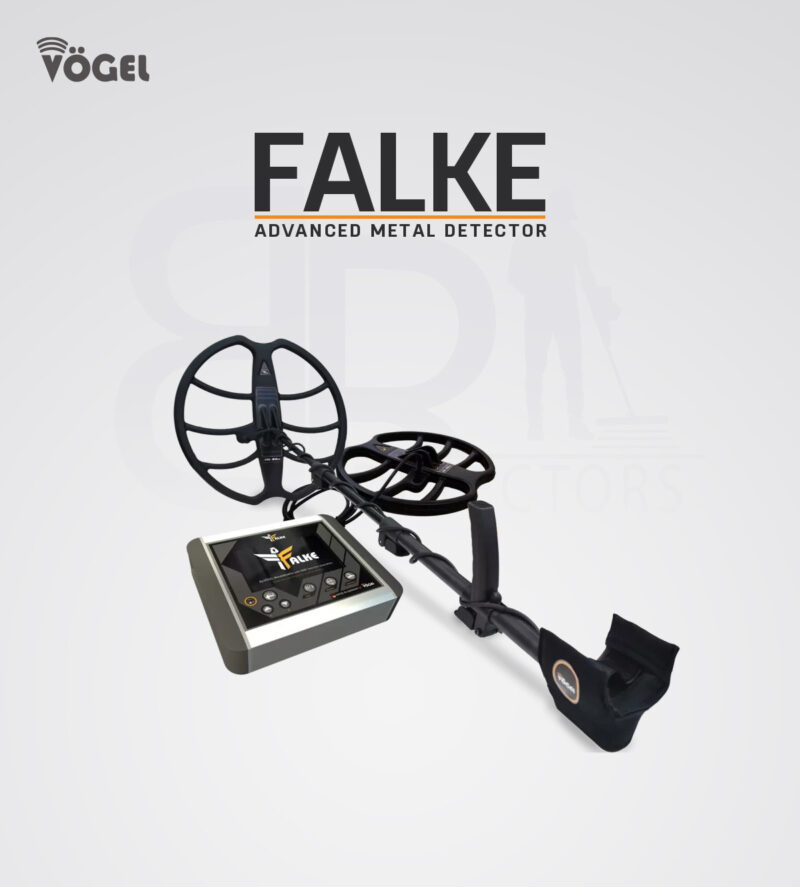The world of gold and treasure hunting is fascinating. For centuries, people have searched for hidden riches, relying on intuition, stories, and sometimes sheer luck. But in the modern era, technology has reshaped this pursuit. Long range gold detectors are now widely used by enthusiasts and professionals who want to increase their chances of success.
One of the first questions people ask when they hear about these devices is, “How much does a long range gold detector machine cost?” The answer isn’t straightforward, because the price depends on factors like technology, depth capabilities, brand reputation, and features. In this article, I’ll share practical insights on pricing, what influences cost, and whether these machines are worth the investment.
Understanding the Basics of Long Range Gold Detectors
Before diving into numbers, it’s important to understand what long range gold detectors actually do. Unlike standard metal detectors, which focus on surface-level scanning, long range devices are designed to detect targets deeper underground and at greater distances.
They use specialized antennas, frequency transmitters, and sometimes integrated software to pinpoint signals from gold and precious metals. These tools are especially popular with professional prospectors in regions with historical mining activity or remote landscapes where traditional digging is less effective.
The Price Spectrum: Entry-Level to Professional Models
Prices for long range gold detectors vary widely. Entry-level models may cost between $500 and $1,000, while mid-range options range from $2,000 to $5,000. Professional machines with advanced features, deeper detection capacity, and broader scanning technology can reach $10,000 or more.
The higher the price, the more reliable the results tend to be. Professional units often include ground balancing systems, 3D imaging, or hybrid detection technology that increases accuracy in mineral-rich soils where false signals are common.
From my experience in the field, it’s usually worth investing in a more reliable machine if you’re serious about prospecting. Lower-end devices may sound appealing for beginners, but they often struggle in real-world conditions.
Comparing Technologies and Costs
The biggest factor influencing cost is the type of technology used. For example, pulse induction metal detectors are highly valued in the industry because they handle mineralized soils better than most VLF (very low frequency) detectors. This technology is particularly useful in desert regions or areas with heavy ground interference, which makes them pricier than basic detectors.
Long range systems sometimes combine pulse induction with advanced frequency settings, extending their detection capacity. The more layers of technology integrated into the machine, the higher the price tag will be.
A Closer Look at the Falke Detector
Among the many options on the market, the Falke detector is worth highlighting. It’s a professional-grade machine designed for serious users who want long range detection with high precision.
What makes Falke stand out is its hybrid detection technology that blends depth capacity with target selectivity. It’s not just about locating any signal; it’s about identifying whether the signal is truly gold or another type of metal. This saves prospectors time and effort, reducing unnecessary digging.
While the cost of such a detector is on the higher end, it represents a solid investment for anyone planning regular prospecting trips. Its reliability in different soil conditions and its ability to reduce false alarms can quickly justify the price when compared to cheaper models.
Hidden Costs and Practical Considerations
When evaluating the cost of a long range gold detector, it’s important not to overlook hidden expenses. Accessories like extra coils, rechargeable batteries, protective cases, and field gear can add several hundred dollars to your total investment.
Another factor is training and practice. These machines can be complex, and understanding how to interpret signals correctly takes time. Inexperienced users often blame the detector for poor results when, in reality, they haven’t yet mastered the learning curve. Investing in a training session or spending dedicated time in the field is just as important as the machine itself.
Are They Worth the Price?
The real question is whether long range gold detectors justify their cost. The answer depends on your goals. For casual hobbyists, spending $500 to $1,000 on a simpler device might be enough for weekend adventures. But for professional prospectors or those who live in gold-rich regions, a machine that costs $5,000 to $10,000 can be a worthwhile tool that pays for itself over time.
Personally, I’ve seen both sides. I’ve met hobbyists who found satisfaction with basic detectors, enjoying the thrill of the hunt without significant finds. I’ve also worked with professionals who used advanced long range machines to locate deep gold deposits, making their investment more than worthwhile.
Final Thoughts
So, how much does a long range gold detector machine cost? The short answer is anywhere from a few hundred dollars to tens of thousands, depending on the technology, brand, and intended use. But the real answer lies in what you expect from the machine.
If you’re serious about treasure hunting and want a tool that offers depth, accuracy, and durability, investing in a higher-end model is often the best decision. Devices like the Falke show how modern technology is transforming the field, giving prospectors real advantages in their search for hidden treasures.
Whether you’re a hobbyist or a professional, the key is to match your investment with your ambitions. That way, your gold detector becomes more than a purchase—it becomes a partner in adventure.




